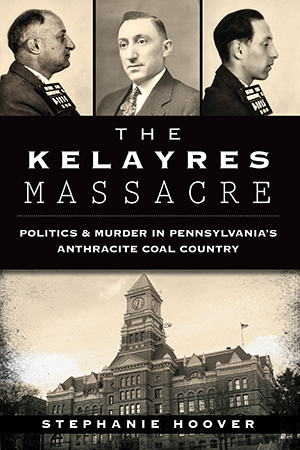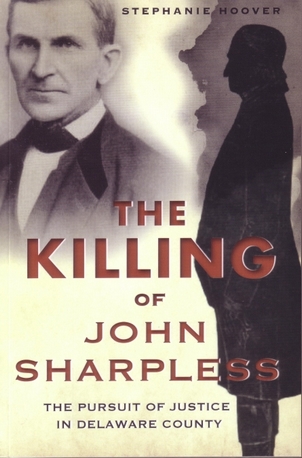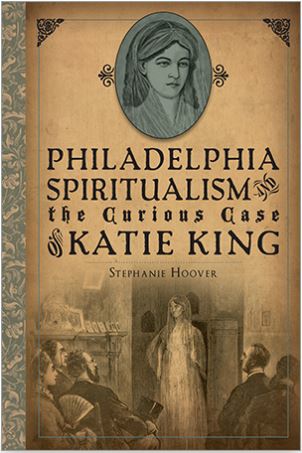Pennsylvania's Historical Newspapers:
Where to Find Them and What They Can Tell You
© Stephanie Hoover - All Rights Reserved
[NOTE: to learn the general date ranges for Pennsylvania newspapers, click here.]
Abram Bender of Franklin County lay dangerously ill in the summer of 1890. It was believed that the remains of a splinter left in his injured hand had caused poisoning of the blood. Only in his fifties, neighbors greatly feared he would not recover.
That same summer Amos Rohrbaugh of Hanover pulled the scales at 307 pounds. W. Ernest Welsh, also of Hanover, reported for examination for entrance at West Point. In East Berlin, Isaac Miller's house was struck by a lightening bolt that tore off a portion of his slate roof. Edward Oyler of Arendtsville was bitten on the second finger of the right hand by a copperhead snake and Dr. O. W. Thomas was called to dress the wound.
What do all of these events have in common? They were all reported in the June 17, 1890 issue of the
Unlike census records, court filings, or baptismal certificates, newspapers report the circumstances surrounding events rather than just the events themselves. Pennsylvania's role in the evolution and development of the newspaper industry goes back to 1784 when the Pennsylvania Packet became the United States' first daily. The content of Pennsylvania's historic newspapers depends, to large extent, on when the newspapers were published.
The earliest newspapers were often filled with bible excerpts, poetry, letters, and editorials - most having to do with our young nation's struggle for independence. There were a few items of local interest, these usually presented in crowded columns composed of brief paragraphs, one item immediately following another without headline or even a blank space.
By the 1820s, Pennsylvania newspapers were regularly reporting new business notices, public sales, news of insolvencies, rewards for criminals, the finding of stray livestock and upcoming court hearings. Death notices existed but were typically only two or three sentences in length.
The advent of steam presses in the 1830s meant that newspapers could, for the first time, be printed cheaply. But, the lower cover price (in some cases just one cent) meant that many more subscribers were required for a paper to stay in business. The only way to attract and keep readers was to print interesting stories. Editors answered this new journalistic challenge by expanding coverage of national and international events and adding more stories with a "hometown" angle.
By the 1870s the obituary had become common and marriage notices were a regular, recurring feature. Administrators' notices filled the pages as did news from neighboring towns, ads, real estate listings, sheriff's sales and tax notices. Visits to or from relatives were noted next to stories of accidents, illnesses and previews of Sunday sermons.
At the dawn of the 20th century, newspapers possessed most of the elements common in today's publications.
One of the largest repositories of historical newspapers, the Pennsylvania State Library houses more than 80,000 reels of microfilm as well as more than 2,000 bound volumes. The library's oldest original copy is the April 25, 1771 issue of the Pennsylvania Journal and Weekly Advertiser.
Searching for newspapers at the state library is accomplished via PILOT, the Keystone Library Network Catalog. Once you've determined titles of interest, you can view the papers on microfilm; however, you might want to keep these suggestions in mind:
1. The vast majority of newspapers are not indexed. It is critical that you have a specific timeframe in mind for the event you're researching. At the very minimum a month and year are required.
While the state library may have a larger selection, don't overlook your local library. The genealogical section may include several of the county's historical titles on microfilm. Local genealogical and historical societies may have a library as well.
2. The quality of microfilm varies greatly from publication to publication, sometimes from page to page. While no one can read illegible copy, knowledge of how the microfilm machines work can make the legible pages far more enjoyable to study. Yes, there are dials for focus, zoom, and page rotate. The library staff will be happy to show you where they are and how to use them.
3. There are as many different newspaper formats as there are newspapers. In some publications, death notices are sprinkled throughout the pages. In others, obituaries are in the same dedicated space each day or week. It is best to study several issues pre-dating your event to determine the editor's specific habits of content placement.
4. Much has changed in the newspaper industry - particularly language usage. While some editors might use the simple heading "marriages," more fanciful publications used the lesser known "hymeneal." Unless you keep your eyes and mind open, such old-fashioned language may be easily overlooked.
Of course, like other genealogical data, many newspapers are now accessible online. Some access is free, such as that via the Library of Congress web site. Others, like NewspaperArchives.com, are subscriber-based. Generally speaking, however, there are still far more titles on microfilm than there are included in these electronic databases. And, keep in mind that while "optical character recognition" (OCR) technology may allow you to search text for specific queries, it is far from fool-proof. It is not unusual for the computer to hit on a match that is close to your query, but not quite the same. No computer can yet compete with the human eye and brain.
When searching newspapers, keep in mind that even if you fail to find mention of your ancestor, the historical context gleaned can be just as interesting and valuable. Stories of droughts and floods offer insight into the challenges with which your ancestors were faced. Old ads detail the prices and desirability of every day items. Almanac entries let you imagine the hours of daylight your family may have enjoyed.
Historical newspapers provide unique and sometimes intimate details that bring your family history to life. Make time to include them in your Pennsylvania research strategy. ~SH


